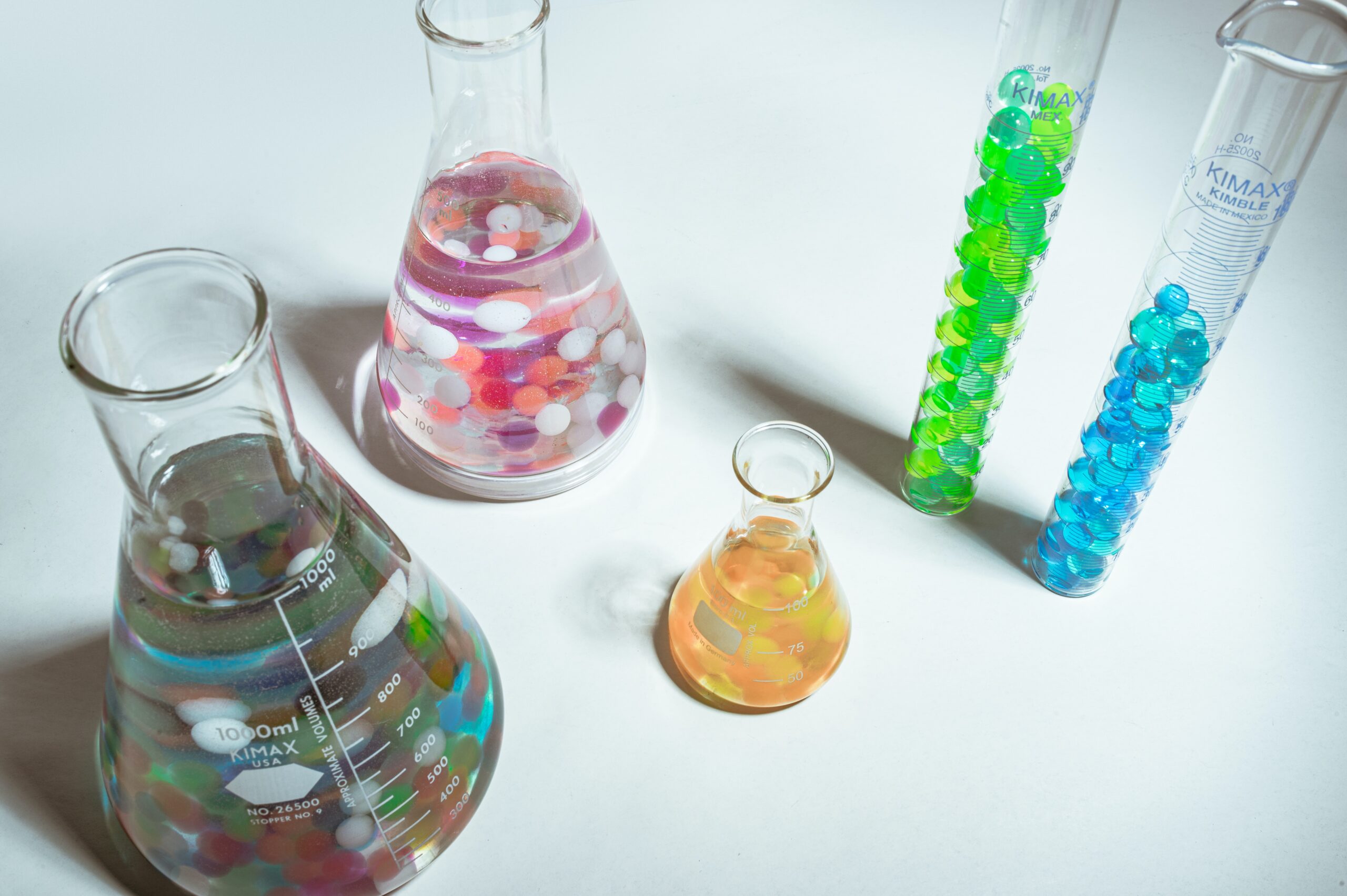
the important role of neurotransmitters on mood
featuring 22 different activities scientifically-researched to boost your happy
Neurotransmitters are complex chemical messengers that play a very important role in the regulation of our mental and physical health, especially when it comes to the impact of neurotransmitters on mood.
While these chemical signals — hormones such as serotonin, dopamine, oxytocin, norepinephrine, etc. — all play their own role in shaping our daily emotions and motivations without any additional supervision on our part, we still have the power to control the vast majority of input they receive.
By understanding when and how these neurotransmitters are set to fire in our brains, we also have the potential to use them to our advantage. In other words, we can re-organise our routine and day-to-day experience to support healthier and happier moods, by engaging in actions and interactions that are hard-wired to promote them.
So, whether you’re curious about understanding the fundamentals of the brain science of happiness, or you’re in need of a quick mood-booster — this article is for you.
Enjoy, and maybe get yourself some of those feel-good chemicals while you’re at it (see below)!
dopamine
This neurotransmitter is commonly referred to as the “reward” chemical — but it actually has a lot more to do with motivation than reward.
This is because if you were to measure the release of dopamine in the brain before, during, and after receiving a reward, you’d find that all activity of this particular neurotransmitter would come to a grinding halt the moment that reward gets earned (1).
Research shows that the signaling of dopamine neither diminishes, nor disappears, even when a reward is not attained. On the contrary, it was found that equal amounts of dopamine are released in an area of the brain (known as the nucleus accumbens) both when a player loses a bet, as well as when they win.
You’ll find particular activities like gambling — where reward attainment is significantly more unpredictable — have a highly dramatic effect on your dopamine receptors. With that said, we don’t recommend gambling as a way of hacking some extra dopamine.
Instead, try doing one of the following (2):
- Completing a task or achieving a goal
- Viewing or creating a piece of art
- Having a snack
- Engaging in acts of ‘self-care’
- Having an orgasm
serotonin
This neurotransmitter is implicated in the mediation of happiness, optimism, and general satisfaction. Serotonin also enhances the production of lovely dopamine featured above, and simultaneously inhibits the production of cortisol — a hormone that’s released from the adrenal glands and is primarily associated with increased levels of stress, neuroticism, and depression (3).
If you’ve read our article on our first sofi pod formulation, you’ll know serotonin also plays a vital role in regulating sleep!
By hampering the release of cortisol within the body, serotonin stabilises the nervous system and allows for higher order thinking skills such as objectivity and rationality in decision-making to take place.
So, if you’re feeling a little too overwhelmed, or overstimulated by your current environment, give some of the following activities a go and observe how your happiness and peacefulness increase as a result:
- Meditating
- Getting some sun
- Spending time in nature
- Going for a run/bike/swim
- Eating plant-foods high in tryptophan
- Visualising a happy memory
oxytocin
This powerful peptide hormone and happiness neurotransmitter is all about the love. Responsible for the warm and fuzzy feeling we mostly associate with romantic satisfaction and physical touch, oxytocin is also linked to a range of social, behavioural, and physiological effects such as empathy, bonding between a mother and child, and the establishment of trust (4).
Evolutionarily speaking, we humans have an intrinsic need for security within our interpersonal relationships, as well as the acceptance and affection of our in-group. For this reason, oxytocin plays a large role in determining our overall happiness, as it facilitates our social interactions and largely encourages companionship (5).
But, happily within a relationship or not, there are a variety of different ways to boost your levels of oxytocin. Consider the following:
- Petting an animal
- Interacting with a child
- Holding someone’s hand
- Giving a 30-second hug
- Complimenting someone
- Listening to music
endorphins
Technically speaking, endorphins are opioid peptides that act as neurotransmitters. But, unlike other neurotransmitters, they’re produced by the central nervous system (CNS), and mainly function to relieve and eliminate bodily pain. In fact, endorphins are actually comparable to morphine in both their structure and the site where they bind to receptors within the brain — making them an endogenous (aka “of natural internal origin”) form of the very same drug (6).
Research shows that exercising — even something as simple and easy as 30 minutes of walking per day — is enough to significantly increase levels of endorphins and reap the benefits of a stronger, better, and more confident mood (7).
In addition to both aerobic and anaerobic forms of exercise, endorphins tend to kick in when a heightening of emotions is at play. This can include moments of intense fear, fits of laughter, and even a few delicious ways to indulge.
If you’re looking to boost this pain-relieving happiness chemical, then look no further than trying some of the following:
- Watch something funny (or thrilling)
- Using essential oils/soaking with Epsom salts
- Eating some dark chocolate
- Exercising
Hopefully this breakdown can provide a ‘cheat-sheet’ of sorts when it comes to providing yourself with some positive mood-stimulating input. As always at sofi, we’d love to know what works for you! Leave us a comment below, or start up a conversation with us in the sofi treehouse.
Text References:
- Dfarhud, D., Malmir, M., & Khanahmadi, M. (2014). Happiness & Health: The Biological Factors- Systematic Review Article. Iranian journal of public health, 43(11), 1468–1477.
- Girija Kaimal, Hasan Ayaz, Joanna Herres, Rebekka Dieterich-Hartwell, Bindal Makwana, Donna H. Kaiser, Jennifer A. Nasser. Functional near-infrared spectroscopy assessment of reward perception based on visual self-expression: Coloring, doodling, and free drawing. The Arts in Psychotherapy, 2017; 55: 85
- Mitchell RL, Phillips LH. The psychological, neurochemical and functional neuroanatomical mediators of the effects of positive and negative mood on executive functions. Neuropsychologia. 2007 Mar 2;45(4):617–29.
- Carter CS. Neuroendocrine perspectives on social attachment and love. Psychoneuroendocrinology. 1998 Nov;23(8):779–818.
- Diener E, Seligman ME. Very happy people. Psychol Sci. 2002 Jan;13(1):81–4.
- Dfarhud, D., Malmir, M., & Khanahmadi, M. (2014). Happiness & Health: The Biological Factors- Systematic Review Article. Iranian journal of public health, 43(11), 1468–1477.
- Rokade PB (2011), Release of Endomorphin Hormone and Its Effects on Our Body and Moods: A Review International Conference on Chemical, Biological and Environment Sciences (ICCEBS)Bangkok.

